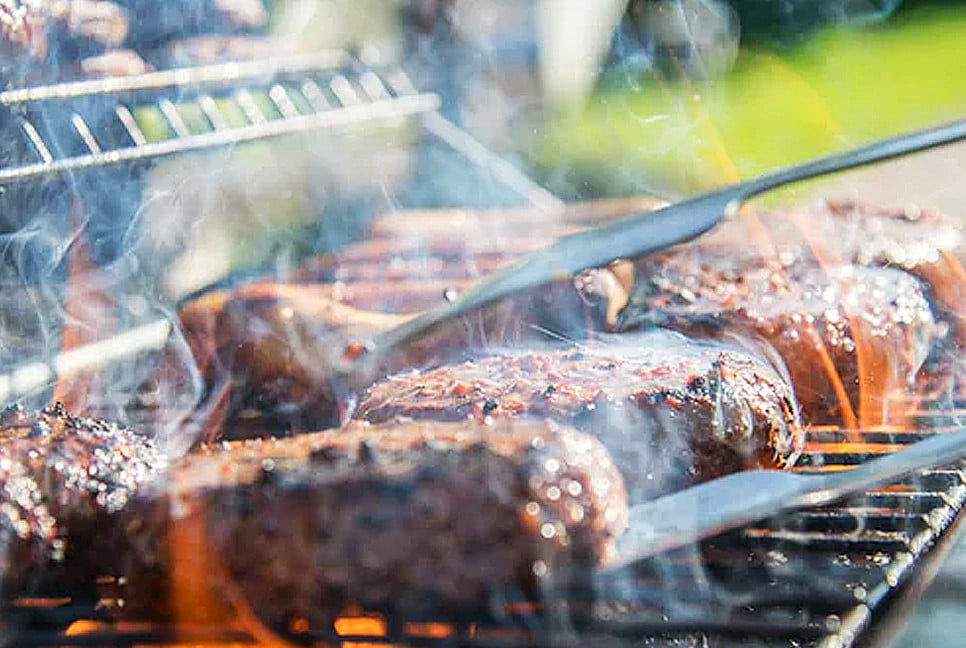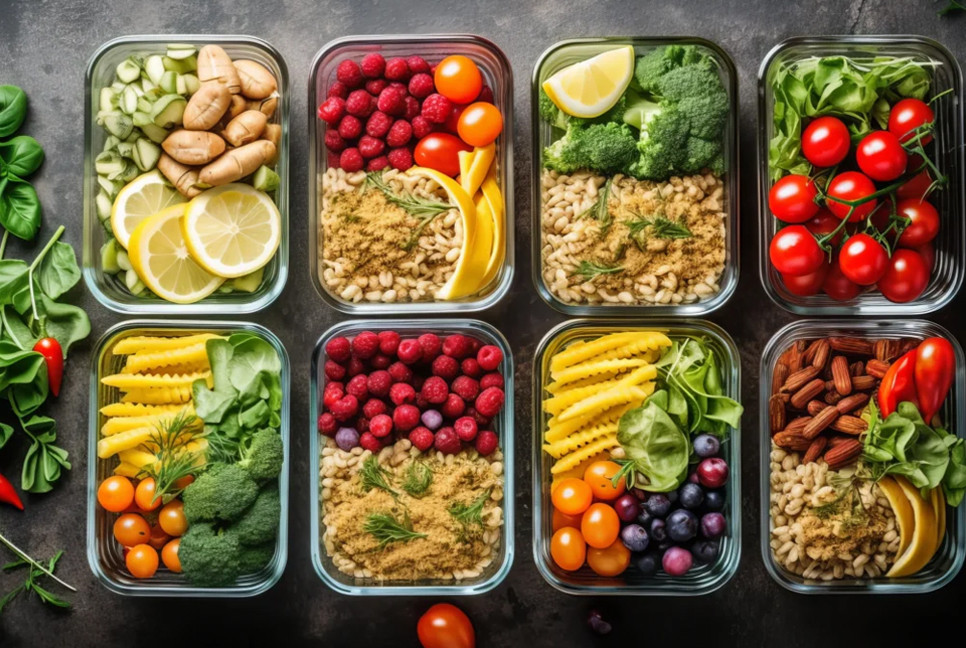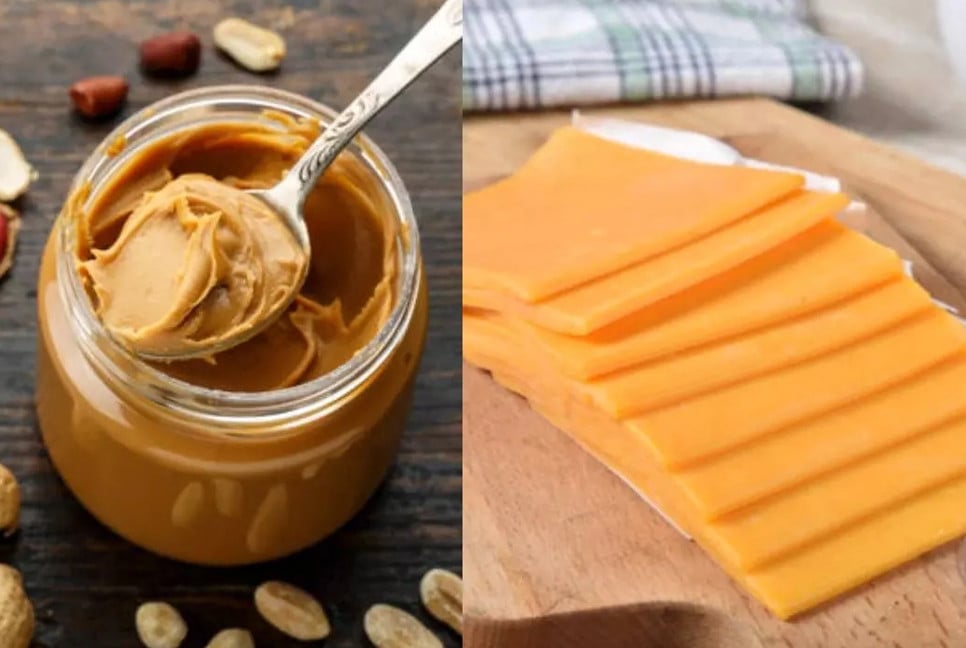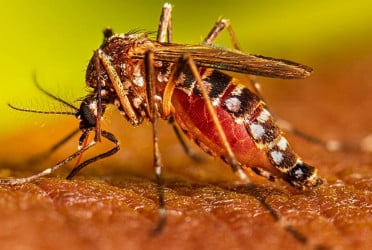The way a food is cooked can significantly impact its nutritional value, not just its flavor.
While we tend to focus on purchasing the freshest ingredients or the best cuts of meat, the real difference comes during the cooking process. Whether you're steaming, grilling, or frying, the cooking method you choose determines how many nutrients are preserved or lost, reports NDTV.
Why cooking methods matter for nutritional retention
Cooking does more than make food taste better or easier to eat - it changes its entire nutrient profile. Some methods can boost the availability of nutrients, while others cause them to degrade. The heat, water, and fat used in cooking have a direct impact on what your body absorbs versus what gets left behind.
Water-soluble vitamins (like vitamin C and B vitamins) are sensitive to heat and water, so they can vanish easily during cooking. Fat-soluble vitamins (like A, D, E, and K) can be better absorbed when cooked with fat, but they don't stand up well to high heat or frying.
Minerals like potassium and magnesium are generally heat-stable but can leach into cooking water, lowering their content in the final dish. Antioxidants are mixed bags. Some methods increase their levels, while others reduce them significantly.
So, what's the best way to cook and keep your food as nutritious as possible? Let's take a closer look at steaming, grilling, and frying.
Steaming: Gentle heat, high nutrient retention
When it comes to locking in nutrients, steaming is the clear winner. This method uses the heat from boiling water to cook food, avoiding direct exposure to water, fats, or high temperatures.
Protects water-soluble vitamins: Since the food doesn't sit in water, fragile vitamins like C and B-complex don't wash away like they would in boiling.
No added fat: Steaming skips the need for oils, making meals naturally low in fat while protecting fat-soluble vitamins like A and E.
Boosts antioxidants: Research shows steaming can increase certain antioxidants, like carotenoids in carrots or glucosinolates in broccoli, making your veggies even healthier.
Best foods for steaming
Veggies like broccoli, spinach, and carrots; lean proteins like fish and chicken, and whole grains and legumes are suitable for steaming.
The good thing is steaming keeps nutrients intact, doesn't add fat, and is simple to do. The shortcoming is that It's not exactly bursting with flavour, and there's no crispy texture.
Grilling: Flavorful cooking, moderate nutrient loss
Grilling isn't just for backyard BBQs-it's a great way to add flavor without drenching your food in oil. But the high, dry heat can mess with some nutrients, especially if you're not careful.
How grilling affects nutrients
Vitamin retention: Grilling holds onto more nutrients than boiling or frying but still loses heat-sensitive ones like vitamin C. The quick cooking time helps minimize the damage.
Protein powerhouse: Grilling works wonders for meats and other proteins, keeping their nutritional value intact while letting excess fat drip away.
Harmful compounds: The not-so-great part? High heat creates HCAs and PAHs-compounds linked to health risks, when fat drips onto the flames and causes smoke.
Best foods for grilling
Lean meats like chicken, fish, and beef; veggies like zucchini, asparagus, and bell peppers; and plant-based proteins like tofu.
Grilling gives food a smoky flavor, reduces fat, and cooks quickly. However, some nutrients are lost, and harmful compounds can form if not done carefully.
Frying: High heat, high nutrient loss
Frying is the flavor king, but it comes at a nutritional cost. Submerging food in hot oil at high temperatures can strip it of valuable nutrients while packing in extra calories.
How frying affects nutrients
Heat-sensitive vitamins take a hit: Vitamins like C and B-complex don't stand a chance against the high heat of frying.
Calorie overload: Food absorbs oil, turning even the healthiest ingredients into calorie-dense dishes.
Unhealthy fats: Frying with unstable oils can create harmful compounds like trans fats and free radicals, which are linked to inflammation and chronic health issues.
Fat-soluble vitamins: One small win-frying can increase the absorption of vitamins A, D, E, and K, but only if you're using healthier oils like olive oil.
Best foods for frying
Starchy veggies like potatoes and some proteins like chicken or fish.
It's crispy, flavorful, and satisfying, but loaded with fat, loses water-soluble nutrients, and can create unhealthy fats if done improperly.
The final takeaway
The way you cook makes all the difference in your food's nutritional value. Steaming takes the crown for keeping vitamins and minerals intact and is ideal for delicate veggies and proteins. Grilling offers a flavourful middle ground, but it requires some care to avoid nutrient loss and harmful compounds. Frying might taste amazing, but it's the least healthy choice for daily meals due to its high heat, nutrient loss, and extra fat.








































































